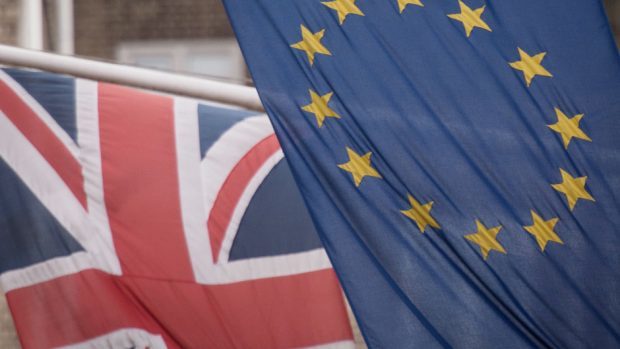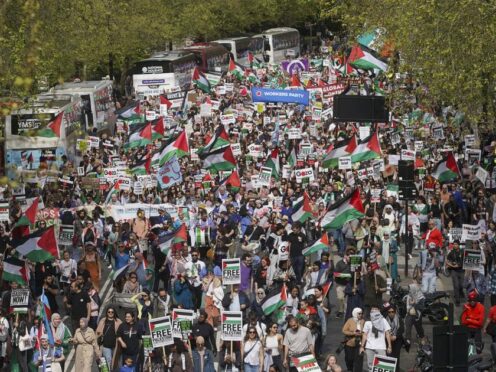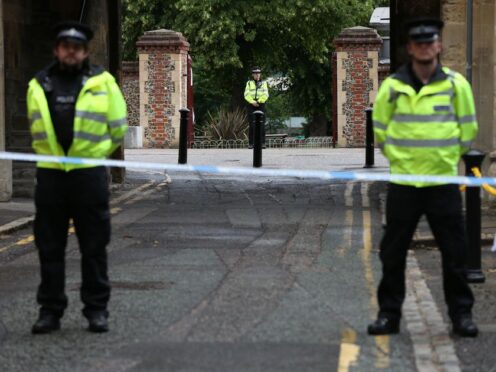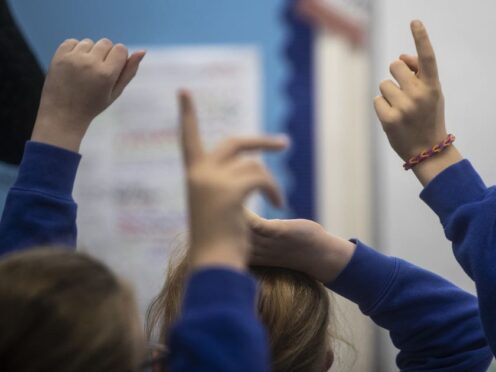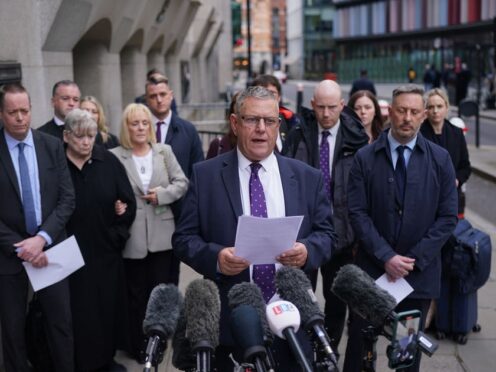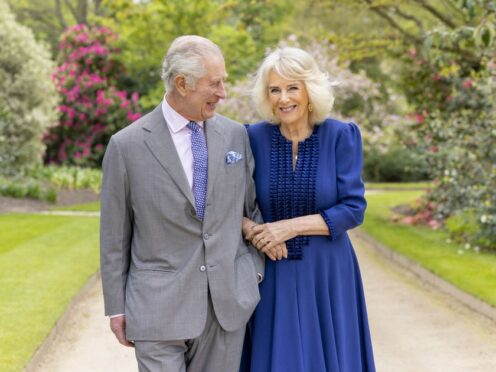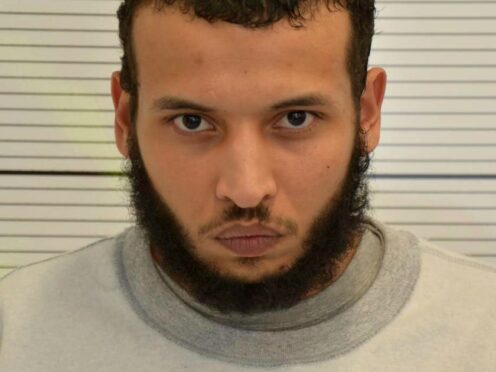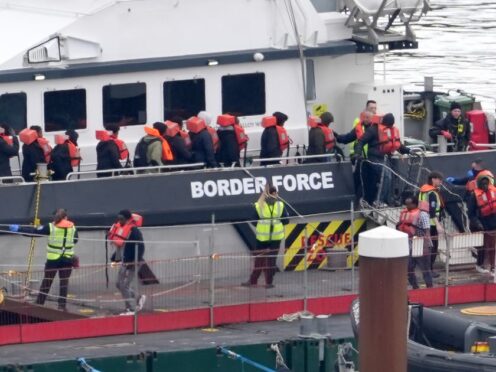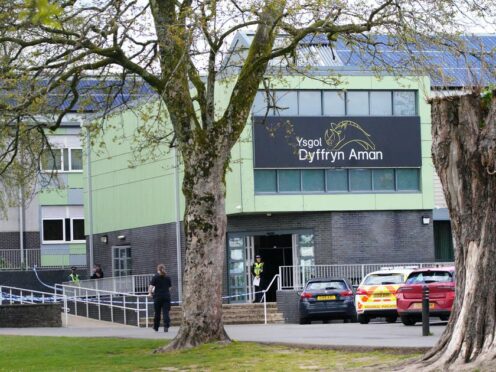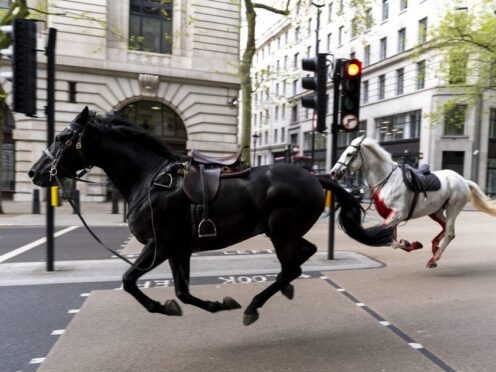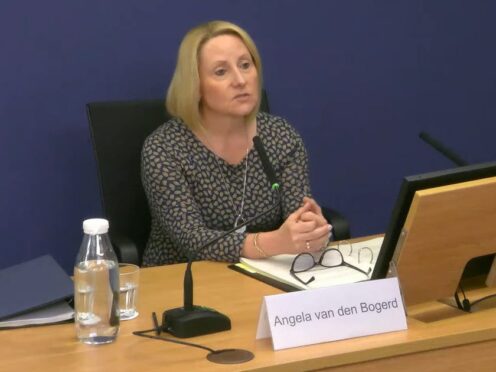The 585-page draft withdrawal agreement is the proposed divorce deal between the UK and EU.
It covers the UK’s financial settlement, citizens’ rights post-Brexit and the so-called backstop or safety net that provides for a customs arrangement to prevent a hard border on the island of Ireland in the event a future trading relationship isn’t agreed at the end of the transition period.
As it stands, this is due to finish at the end of 2020, but the deal includes a provision for extending this – stating that it could go up to 31 December 20XX – to avoid having to activate the backstop. If the UK wants to pursue this course of action, it will have to notify the EU in advance – by July of that year. The UK Government has indicated a later agreement will set a time limit on how long this could last.
The agreement also includes a non-binding outline political declaration on the shape of the future trading relationship. This will be discussed in the next phase of negotiations provided Theresa May can get the withdrawal agreement through Parliament, which looks unlikely.
Financial Settlement: The UK will pay at least £39billion to meet its financial obligations to the EU.
Citizens’ Rights: The deal maintains existing residency rights, but questions remain over the issue of “onward movement” to other states for British nationals living in EU countries. This is to be determined as part of the next phase of negotiations.
Freedom of Movement: Freedom of movement will ultimately be replaced with a skills-based immigration system. The deal confirms “no exit visa, entry visa or equivalent formality shall be required of holders of a valid document issued”, so Brits will be able to enjoy visa-free travel for short EU stays if the UK reciprocates.
Customs backstop: The agreement says a single customs territory between the EU and UK will be established and apply until the two sides decide on a permanent trade arrangement. The EU accepted the idea of a whole-UK customs union but Britain cannot decide unilaterally to leave. The UK must also accept deeper customs arrangements for Northern Ireland. Brexiteers are fearful the UK could be bound to this indefinitely, rendering the country unable to secure trade deals with other nations outside of the EU. There are also concerns the UK Union is threatened by this differentiation. Mrs May has said neither side wants the backstop to come into force.
Fishing: The UK is leaving the Common Fisheries Policy (CFP), but will be bound by its rules during any transition period. Scottish fishermen have accepted these will apply until December 2020 but have said they will not tolerate any further extension. The wording of the outline political declaration has prompted concerns fisheries and access to waters could be linked to the wider trade aspect of the negotiation. Theresa May later ruled this out in the House, adding: “We have been very clear we will not accept that”. Fishing is excluded from the backstop.
Agriculture: The UK is leaving the Common Agricultural Policy. Domestic legislation will set out how support is paid to farmers. The deal also provides for geographical indications with UK origin names to be recognised within the EU. The NFU said the agreement paves the way for a transition period that maintains free and frictionless trade with the EU, but highlighted the “huge job” of negotiating the details of the future relationship that remains.
Governance and the European Court of Justice: During transition, the UK will remain under its jurisdiction as is currently the case. The document makes clear that decisions adopted by it in this period will be “binding on and in the UK”. The withdrawal agreement establishes a joint committee to oversee its implementation. Joint arbitration panels will deal with disputes but the ECJ could still play a role if there is EU law to be interpreted.
